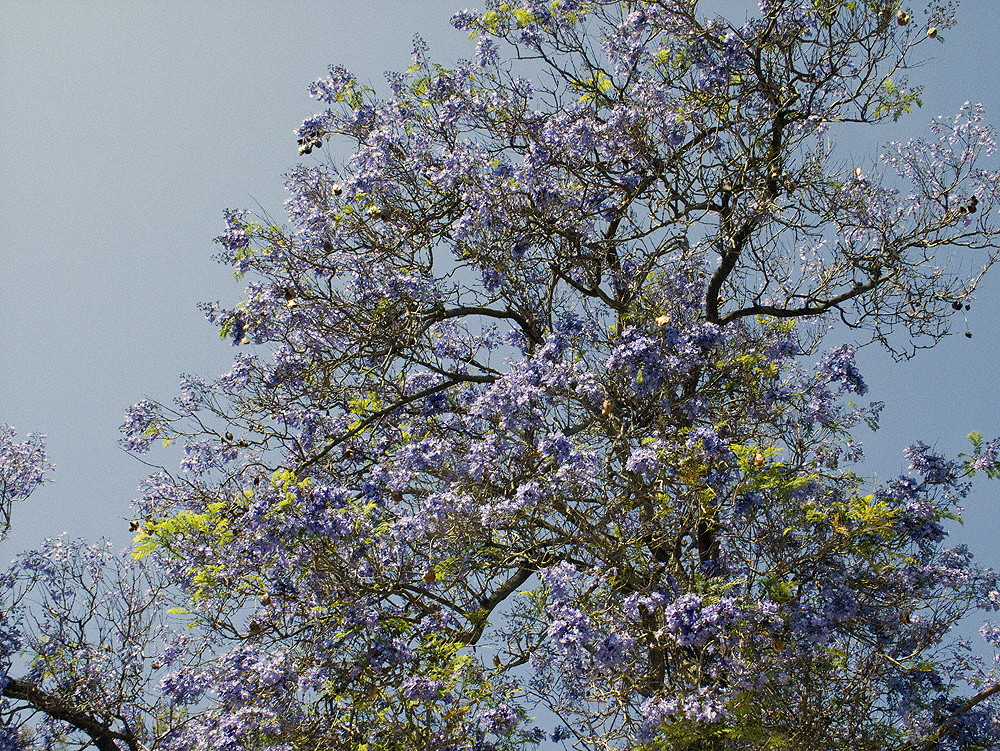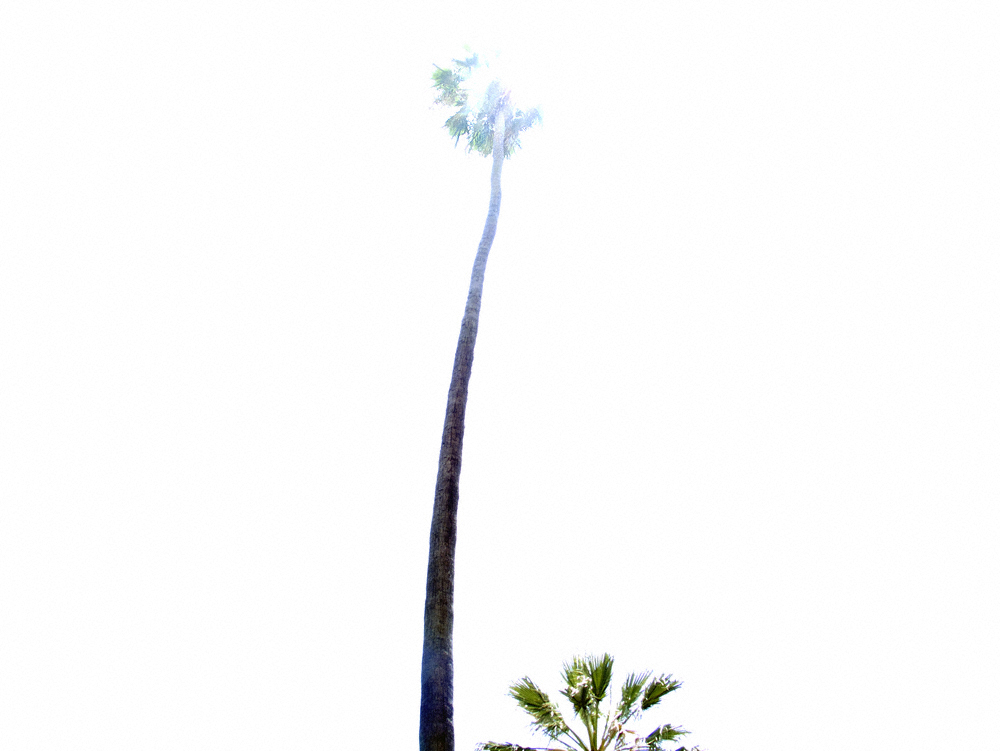Don't be so glum. June Gloom has some unexpected benefits.
You know what time of year it is. The beautiful purplish blue jacarandas are blooming and June Gloom is in full effect.
Or not.
According to Eric Boldt, an L.A.-based meteorologist with the National Weather Service, there's no way to predict what kind of "gloom," if any, there will be.
So what's this now?
Typically May and June are fairly cloudy months, as we're transitioning out of winter. Boldt says, "When we get some good winds out of the northwest -- a Catalina eddy (a weather pattern localized near Santa Catalina Island, off the Southern California coast) may form over the ocean. The wind combined with that low-pressure system helps lift moisture into the marine layer (in this case the air mass over the sea) to form clouds."
"This is some 1,000 foot deep layer or more of atmosphere that the winds push up."
It forms the low clouds we experience as overcast skies on those mornings and afternoons, frequently in May and often in June.
If you're above sea level, you'll experience less of this. Take Pasadena:
"Because Pasadena is at a higher elevation, it doesn't see that much (cloud cover). But if that marine layer gets deep enough, like 2,000 feet deep, you will."
And even for those high above the shoreline and valley -- some still feel the deleterious effects of this weather change. Dr. Daryoush Jamal, clinical assistant professor of psychiatry at USC and based in Pasadena, treating people for depression in private practice and at Huntington Hospital, notes that he sees more patients impacted by the weather at this time of year:
"You do see a peak in the number, even among those who come in and say, 'for the last week or two weeks it's been a little bit more cumbersome. I've been lower.' A lot of times I have to remind them that the weather does make a difference and that they would do better if they had more illumination in their living space and maybe not wake up as early."
For those dealing with a condition already, what he calls those "on maintenance," he explains, "that requires treatment." These are people who often suffer from seasonal affective disorder throughout the year, especially at this time and during the winter months.
Clinical depression, he counsels us to remember, has a number of symptoms, i.e. change in appetite and sleep, among other signs. (For more information on this topic, click here.)
But to ameliorate everyday symptoms, Jamal advises to get more light and more sun. Work permitting, waking up a little later allows you to avoid a dark or dreary morning.
I'm just laughing right now at that line: how to avoid a dark or dreary morning. As a former New Yorker, I have to interject here that this criteria would X-out many a NYC morning. A sunny day was something like a gift. Here, we expect it.
Anyway. Onward:
Jamal also suggests melatonin (the over-the counter hormone widely used to regulate sleep cycles) as an aid.
"For people who are stable," he offers the advice to just ride it out. "What you're experiencing is a normal phenomena. Normal sadness is gonna happen."

Jacaranda tree
Normal sadness is gonna happen, my friends.
And, like the doctor says, look on the bright side. The cloud cover does offer relief from the blazing summer sun, as Boldt observes:
I'm not an expert on plants and what they like, but some areas have such a great vineyard climate because of the cooler temperature and higher humidity associated with the clouds. And if we were 90-100 degrees all the way to the beach -- every day -- the threat of wild fire would be higher than it is.
Plus more people would need to be running air conditioners -- especially on super hot days -- wasting precious energy resources.
There's the silver lining.
"There are trade offs." We can suffer the clouds, agrees Boldt, "for a little while during the year."
In fact, by July and August there will be less wind coming down the coast and those low-hanging clouds will all but disappear.
A friend from Ireland once told me the rain and clouds so common to her homeland were good for the skin. This seemed almost plausible to me -- she was telling me this half salesman-like, as we're trudging across a field, our feet wet, a light mist covering everything, steps away from shelter and a warm cup of tea.
Maybe we can start calling the effects of this time of year, "June Glow."
Photos by Logan Nakyanzi Pollard.
A version of this post first appeared in the "Pasadena Weekly".
To learn more click here for a report from The Scripps Institution of Oceanography on May Gray / June Gloom. Thanks to the Santa Barbara News for flagging their research.
